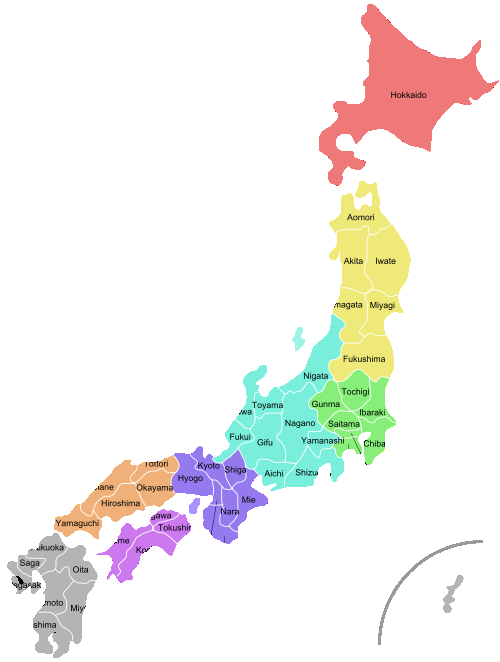Following the nuclear disaster at Fukushima in Japan, all their operating nuclear reactors were shut down. There has been a fierce debate and many mass protests as the Japanese government and people try to decide what role nuclear energy should have in supplying electricity to their country. Japan has little in the way of natural fossil fuel resources for energy generation which makes their choice of energy sources much more difficult. Nuclear reactors had supplied about thirty percent of the electricity for Japan prior to Fukushima. Nuclear energy had been made a national priority and there were plans to expand to nuclear power generation to forty percent before the disaster. There had been predictions of serious blackouts without the reactors online but they have not materialized yet.
Over eighty percent of the Japanese people no longer trust the Japanese government and private nuclear power plant operators to keep the people safe in the event of nuclear accidents and to report accurately the danger and any release of radiation. There is enormous pressure on the government and nuclear plant operators to reassure the public that nuclear energy can be safe and efficient. New rules have been drafted by the Nuclear Regulation Authority for restarting the Japanese fleet of nuclear reactors. The new rules are now available for thirty days for public comment.
A proposed major equipment upgrade involves filtered vents to insure that if there is a release of steam from a reactor containment building at a boiling water reactor, radioactive particles will be filtered out. This will require a retrofit at all the Japanese boiling water reactor which will take years. This upgrade has been discussed in the United States but the nuclear industry has managed to prevent any such regulation so far, complaining that it would be too expensive. Considering the billions of dollars involved in the nuclear industry, I find that complaint hard to take seriously.
Japan is located at the intersection of four major tectonic plates. It is extremely earthquake prone. The quake that destroyed the Fukushima reactors was about a 7 on the Richter Scale for rating earthquakes. Additional protection from earthquakes and tsunami has been mandated in the new NRA rules. They are not going to start reactors if they are over an active fault line. Currently there are five reactors known to be over such fault lines and they are finding new fault lines under some of their other reactors. Some levees will have to be build around existing plants to protect them from floods.
The Richter Scale is logarithmic so each digit represents a quake that is ten time stronger than the one before. It used to be thought that Japan probably would not have earthquakes in the Richter 9 level until recent research indicates that such huge quakes can occur there. That would be one hundred times the impact of the Fukushima quake. I don’t believe that any of the Japanese nuclear reactors are rated for this intensity of quake.
Fourteen Japanese nuclear plants do not have fire-resistant wiring. Rewiring them may be too expensive to justify and they may have to be shut down.
In the end, Japan may restart some of their reactors based on location, design, age, etc. but some will never be restarted. If they do restart some of their reactors, it may be years until all the new NRA requirements have been met and permission is given. Fortunately, they are not predicting a electricity shortfall for this summer.
